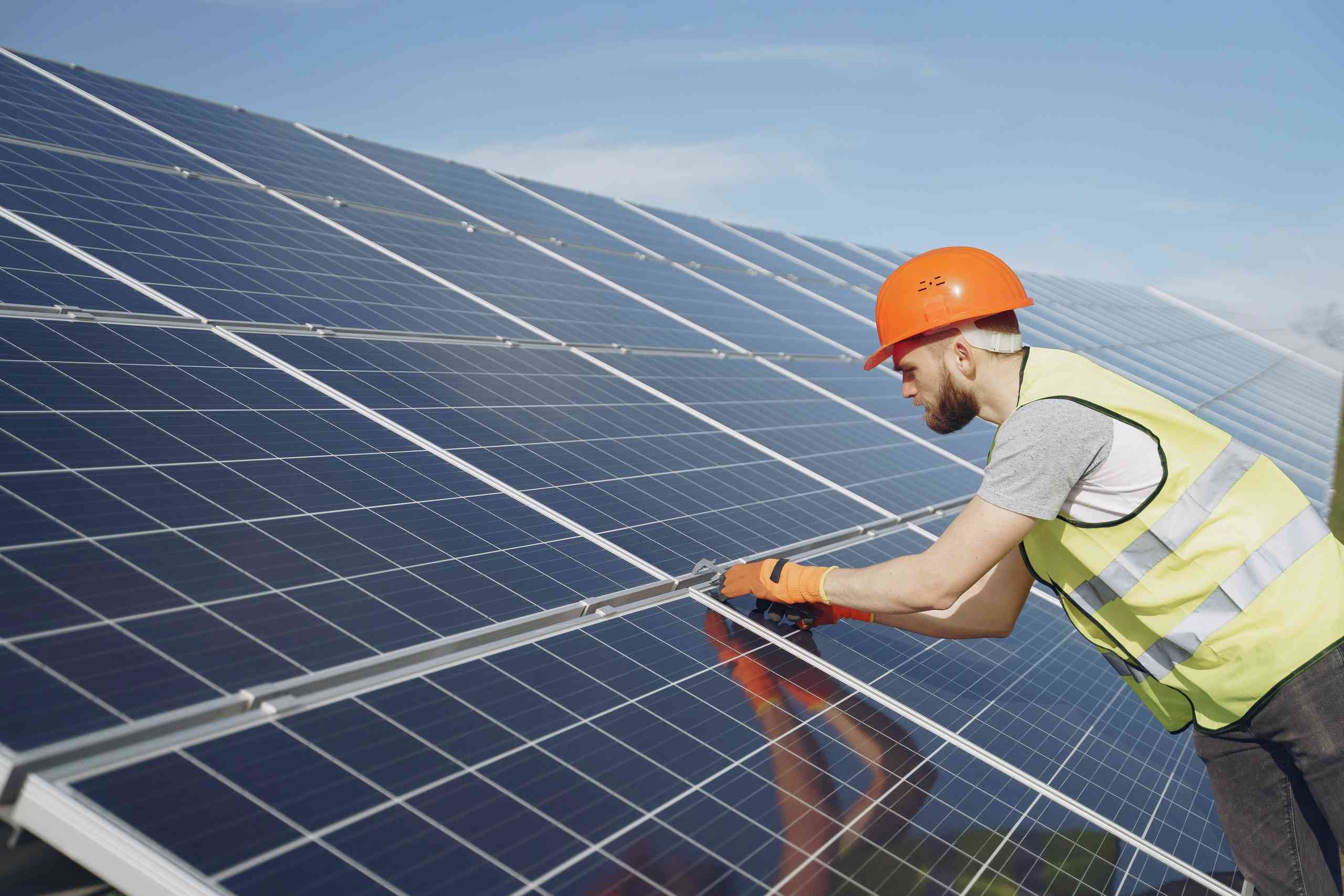In most cases, solar panels on residential property do not require planning permission as they are classed as permitted development. However, you should check that your property/area benefits from these permitted development rights (more on that below).
Solar panels – what can you do under permitted development?
Solar equipment is covered under Class A – ‘installation or alteration etc of solar equipment on domestic premises’.
The legislation refers to:
(a) a dwellinghouse or a block of flats; or
(b) a building situated within the curtilage of a dwellinghouse or a block of flats.
Where can solar panels be located?
There are certain rules about location to comply with the permitted development order.
- The highest part of the solar PV or solar thermal equipment must be no higher than the highest part of the roof (excluding any chimney).
- the solar PV or solar thermal equipment must not protrude more than 0.2 metres beyond the plane of the wall or the roof slope when measured from the perpendicular with the external surface of the wall or roof slope.
Do solar panels need to go on the roof/building?
Solar panels that are stand-alone also benefit from permitted development. This is covered under a separate class within permitted development (class B) and subject to the rules below
Class B – The installation, alteration or replacement of stand-alone solar for microgeneration within the curtilage of a dwellinghouse or a block of flats.
When the stand-alone solar panels would not be permitted:
- The development would result in the presence within the curtilage of more than 1 stand-alone solar.
- It would exceed 4 metres in height.
- It would, in the case of land within a conservation area or which is a World Heritage Site, be installed so that it is nearer to any highway which bounds the curtilage than the part of the dwellinghouse or block of flats which is nearest to that highway.
- It would be installed within 5 metres of the boundary of the curtilage.
- It would be installed within the curtilage of a listed building.
- It would be installed on a site designated as a scheduled monument.
- The surface area of the solar panels forming part of the stand-alone solar would exceed 9 square metres or any dimension of its array (including any housing) would exceed 3 metres.
When permitted development doesn’t apply to solar panels
Permitted development rights relating to solar panels would not apply if:
- your property is listed
- the site is designated as a scheduled monument
- your property is in a conservation area or World Heritage, you can’t install on a facade that faces a highway.
.
What are the conditions of Permitted Development for solar panels?
Development is permitted by Class A subject to the following conditions. The legislation states that the equipment is:
- sited so as to minimise its effect on the external appearance of the building;
- sited so as to minimise its effect on the amenity of the area; and
- is removed as soon as reasonably practicable when no longer needed.
How to find an architect for your planning matters
Information contained in this article is for general information only.
Design for Me helps people find the best residential architects for their home building or renovating projects, all over the UK.
- Quickly see who’s interested in your job.
- Create a shortlist.
- Invite up to three for a no-obligation consultation.
Emily Design for Me

